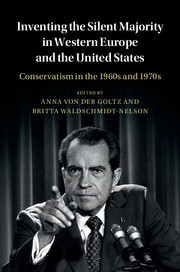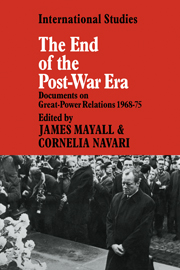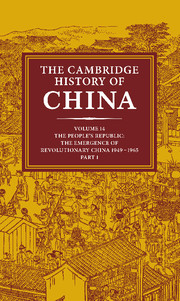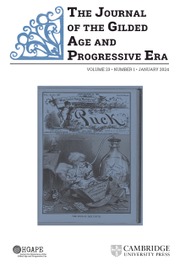Inventing the Silent Majority in Western Europe and the United States
Inventing the Silent Majority in Western Europe and the United States examines the unprecedented mobilization and transformation of conservative movements on both sides of the Atlantic during a pivotal period in postwar history. Convinced that 'noisy minorities' had seized the agenda, conservatives in Western Europe and the United States began to project themselves under Nixon's popularized label of the 'silent majority'. The years between the early 1960s and the late 1970s witnessed the emergence of countless new political organizations that sought to defend the existing order against a perceived left-wing threat from the resurgence of a new, politically organized Christian right to the beginnings of a radicalized version of neoliberal economic policy. Bringing together research by leading international scholars, this ground-breaking volume offers a unique framework for studying the phenomenon of conservative mobilization in a comparative and transnational perspective.
- Presents a uniquely comparative and transnational perspective on the beginnings of contemporary conservative movements in the US and Western Europe, providing a new dimension to issues and topics usually studied solely on a national basis
- Features case studies by specialists in a variety of scholarly disciplines, allowing multiple approaches and perspectives to be brought to bear on complex, multifaceted phenomena
- Gives particular attention to how the motif of the 'silent majority' was taken up by conservative activists in different countries, helping to clarify points of similarity and divergence in European and American conservative movements
Product details
April 2017Hardback
9781107165427
422 pages
235 × 160 × 27 mm
0.74kg
Available
Table of Contents
- Contributors
- Acknowledgements
- Introduction: silent majorities and conservative mobilization in the 1960s and 1970s in transatlantic perspective Anna von der Goltz and Britta Waldschmidt-Nelson
- Part I. Origins and Ideas:
- 1. American conservatism from Roosevelt to Johnson Julian E. Zelizer
- 2. The radicalization of neoliberalism Daniel Stedman Jones
- Part II. Political Mobilization and Responses to Left-wing Protest:
- 3. Silent minority? British Conservative students in the age of campus protest John Davis
- 4. A vocal minority: student activism of the center-right in West Germany's 1968 Anna von der Goltz
- 5. Mobilizing the silent majority in France in the 1970s Bernard Lachaise
- 6. The silent majority: a Humean perspective Donald T. Critchlow
- Part III. Conservatism and the Issue of Race:
- 7. The silent majority: how the private becomes political Bill Schwarz
- 8. African-American Republicans, 'black capitalism', and the Nixon administration Joshua D. Farrington
- Part IV. Religious Mobilization:
- 9. Awakening the sleeping giant: the rise and political role of the Christian Right since the 1960s Mark J. Rozell and Britta Waldschmidt-Nelson
- 10. Why is there no Christian right in Germany? German conservative Christians and the invention of a silent majority in the 1970s Thomas Großbölting
- 11. Modern crusaders: the conservative Catholic politics of resistance in post-conciliar Netherlands Marjet Derks
- Part V. Languages and Media Strategies of Conservatism:
- 12. Elisabeth Noelle-Neumann's 'spiral of silence', the silent majority, and the Conservative moment of the 1970s Martin H. Geyer
- 13. Campaigning against 'red public television': conservative mobilization and the invention of private television in West Germany Frank Bösch
- 14. Talking in Europe: CDU/CSU, the British Conservative Party, and the quest for a common political language in the 1960s and 1970s Martina Steber
- Part VI. Cultures of Conservatism:
- 15. Goodbye to the party of Rockefeller: how a decidedly 'un-silent minority' pushed the GOP to embrace anti-feminism Stacie Taranto
- 16. Pornography, heteronormativity, and the genealogy of New Right sexual citizenship in the United States Whitney Strub
- 17. 1968 and all That(cher): cultures of conservatism and the New Right in Britain Lawrence Black
- Afterword: winners and losers Michael Kazin
- Index.








